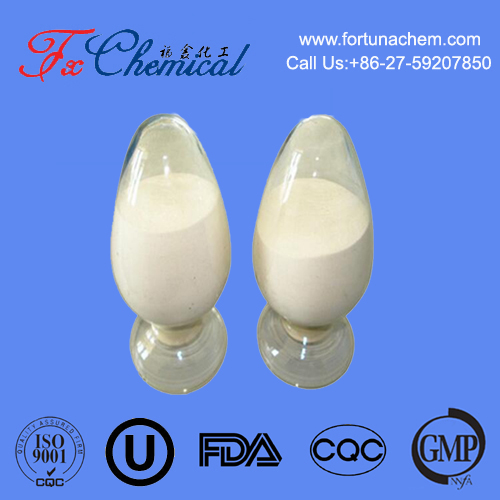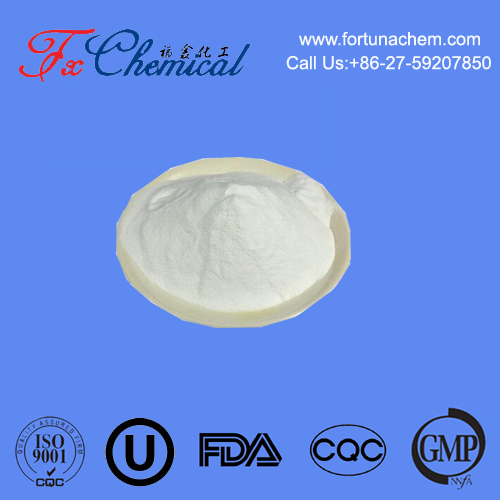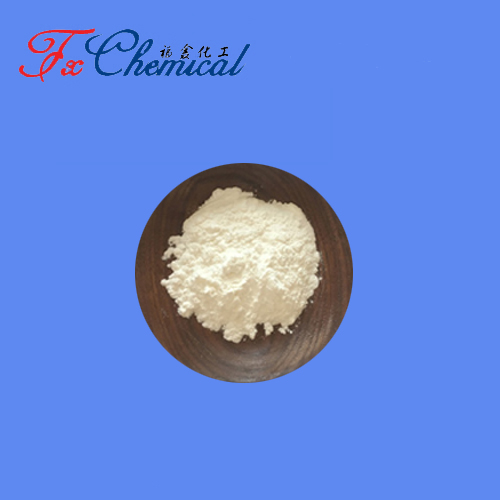
Search

Search



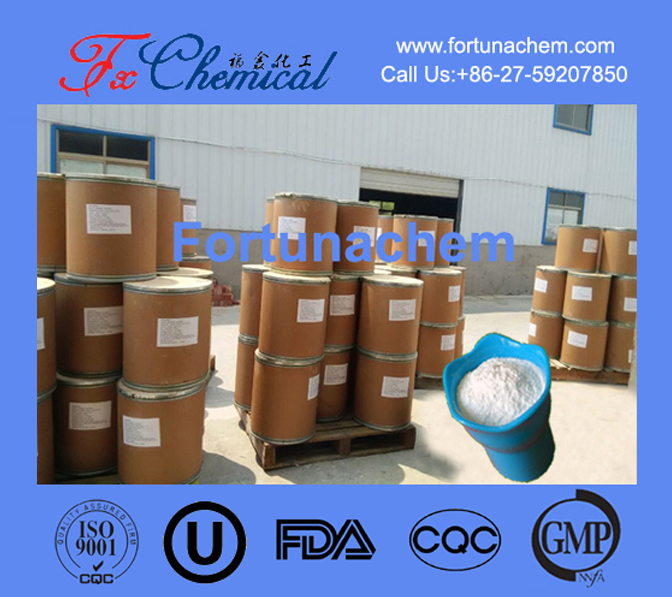

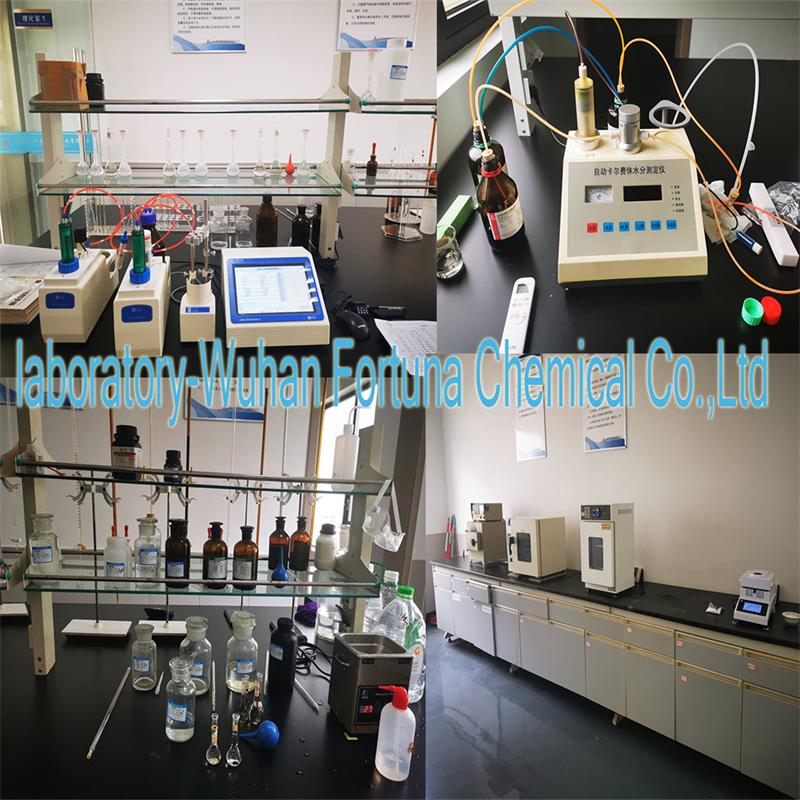





Tetracaine hydrochloride is mainly used for surface anesthesia of the mucous membranes of the eyes, nose and throat. Tetracaine hydrochloride is used for mucosal surface anesthesia, conduction anesthesia, epidural anesthesia, and subarachnoid anesthesia; It is used for ophthalmic surface anesthesia, does not constrict blood vessels, does not damage the corneal epithelium, and does not increase intraocular pressure.
| Items | Specification | Result |
Assay | 98%-102% | 99.6% |
Appearance | White crystalline powder | Complies |
| Residue on ignition | ≤0.1% | 0.05% |
| Water | ≤2.0% | 0.21% |
| Related substances | 4-Aminobenzoic acid: ≤0.4% Tetracaine hydrochloride related compound B: ≤0.4% Tetracaine hydrochloride related compound B: ≤0.4% Individual unspecified impurity: ≤0.4% Total impurities: ≤0.8% | N.D N.D N.D 0.08% 0.15% |
| Product parameters | |
| Cas number: | 136-47-0 |
| Appearance: | White crystalline powder |
| Purity: | 98%-102% |
| Package details: | 1kg/foil bag;25kg/drum |
| Brand: | Fortunachem |
Topical Anesthesia: Widely used for skin and mucous membrane procedures—including ophthalmic exams/surgeries (corneal anesthesia), ENT procedures (nose/throat biopsies, endoscopies), dental work (gum numbing for deep cleanings or minor surgeries), and wound care (burns, ulcers, or post-surgical incisions) to alleviate pain during treatment. It is also formulated in creams, ointments, sprays, or drops for accessible application.
Spinal Anesthesia: Administered intrathecally for lower body surgeries (e.g., orthopedic procedures on legs, cesarean sections, pelvic surgeries) to induce profound, long-lasting numbness without general anesthesia, reducing surgical risks and post-op pain.
Pain Management: Occasionally used for chronic pain conditions (e.g., neuralgia) when other anesthetics are ineffective, though typically reserved for short-term use due to potency.
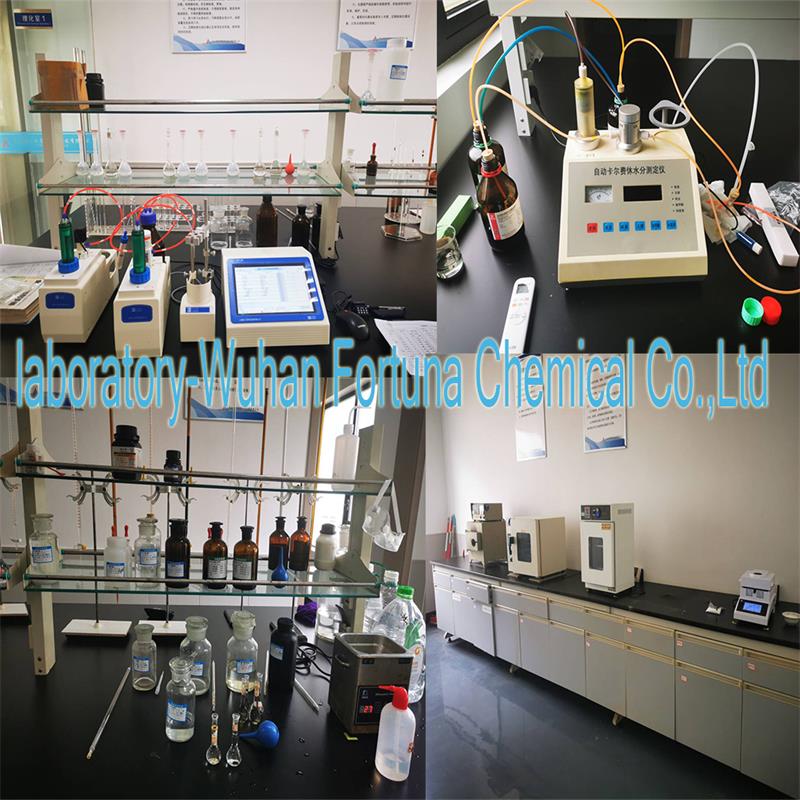



Guaranteed purity
High quality & competitive price
Quality control
Fast feedback
Prompt shipment


Fortunachem Provides Not Only Professional Chemical Products But Also Professional Help
Keeping you up-to-date with all the latest information, news, and events about Fortunachem!

Quick Links
Add:
E-mail:
 English
English  Español
Español  français
français  العربية
العربية 